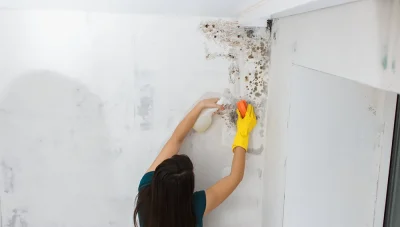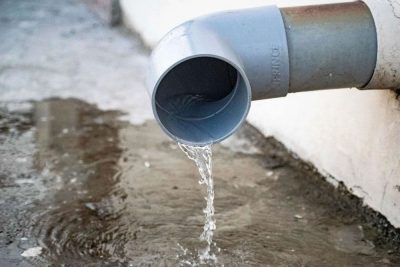
A blooming garden with lush grass, tropical leaves, and a smattering of bright and bold flowers is a dream come true. However, in reality, the level of upkeep required to keep a garden like that looking pristine can turn into a full-time job. If you’re searching for a way to create a gorgeous garden that doesn’t demand constant upkeep, native plants are the answer.
Native Plant Ideas by Region
The best plants for your garden depend on where you live. Different parts of the US have very different climates and soil types, so the plants that thrive in one area may not exist in another. Here are some beginner-friendly native options, sorted by region:
- Northeast US: Bee balm, wild bergamot, black-eyed Susan
- Southeast US: Coral honeysuckle, blue wild indigo, beautyberry
- Southwest US: Desert marigold, agave, penstemon
- Pacific Northwest: Red flowering currant, western columbine, Oregon grape
- Midwest: Purple coneflower, prairie dropseed, butterfly milkweed
It’s about matching the plant to the environment. For example, if you want to reduce landscape maintenance in Omaha, you should choose hardy native species as they can handle freezing winter temperatures and hot summers.
Why Native Plants Make Landscaping Easier
Native plants have adapted to your region’s soil, weather, and wildlife, sometimes over thousands of years. These species are naturally more resilient than exotic plants and thus require less human interference to survive. That translates as less watering, fewer pests, and reduced anxiety about harsh winters or diseases.
You’ll also be doing your local ecosystem a favor. Native species provide valuable food for birds, bees, butterflies, and other pollinators that are vital to maintaining a natural balance. Not only do native plants lighten your workload, they’re better for the planet, too!
Tips for Adding Native Plants to Your Yard
If your yard is currently full of exotics, don’t rush to rip up roots just yet. There’s no need to redo your entire garden overnight. Take it step by step, and start small by planting a few native perennials along the borders, or create a patch in a neglected corner or an unplanted area.
- Use mulch: It helps keep weeds out and locks moisture in.
- Plant strategically: Group species with similar needs together to make watering easier.
- Go natural: Grasses and wildflowers mix well together for a beautiful look.
If you’re not sure where to start, head to your local plant nursery or ask a landscaper for advice on what works best for the soil type in your area.
Endnote
Native plants are a simple way to work with nature, not against it. They’re adapted to your local environment, attract pollinators, and cut down on watering, fertilizing, and weeding. All of this helps you create a low-maintenance landscape that looks fantastic and doesn’t bog you down with hours of weekly upkeep. Your garden will be functional and beautiful; native species support the local ecosystem and are a win for sustainable landscaping. Whether you have a sprawling backyard or a tiny patch of green, going native is the best option for you, the planet, and all the creatures and critters who call it home.








